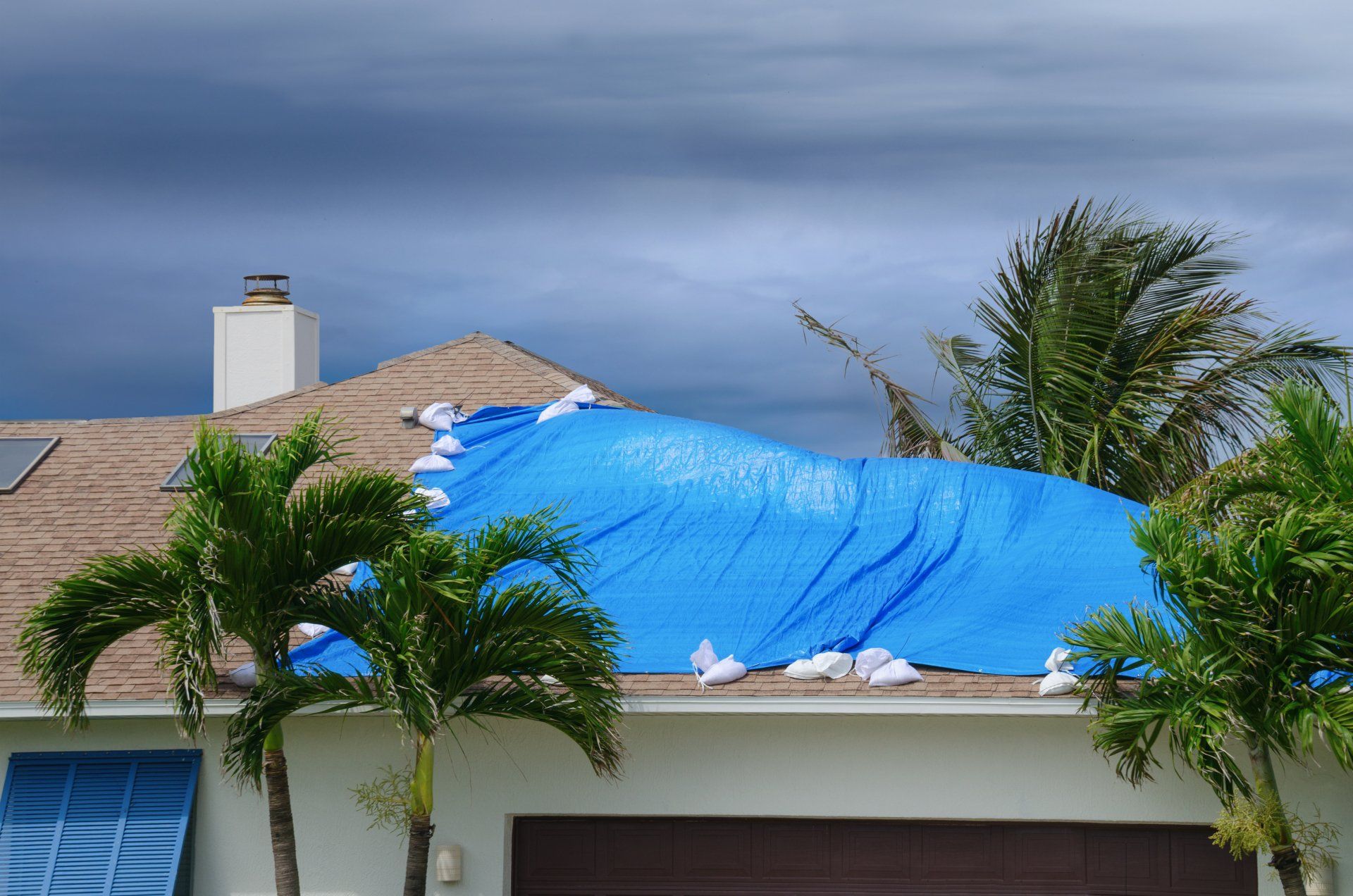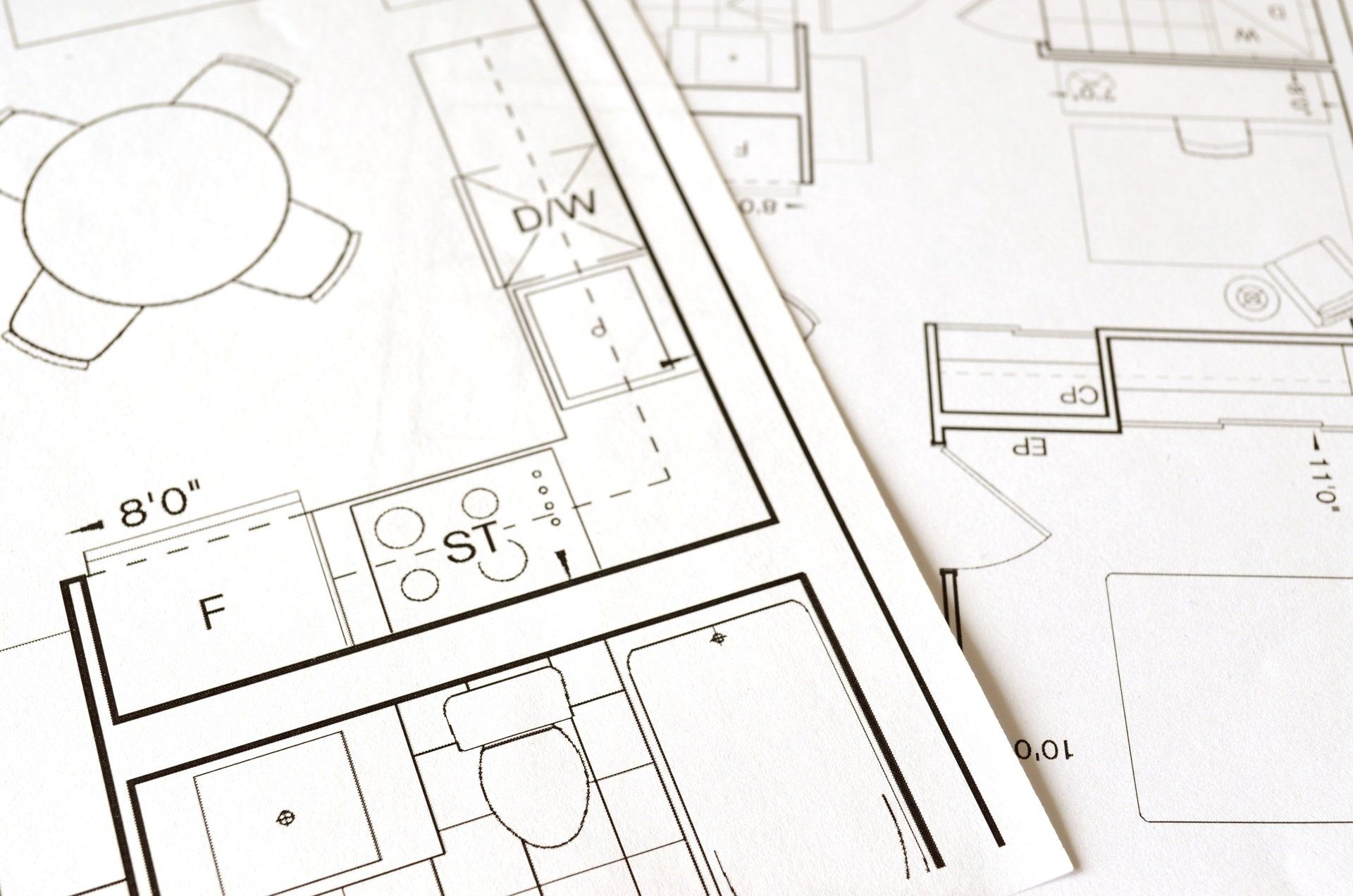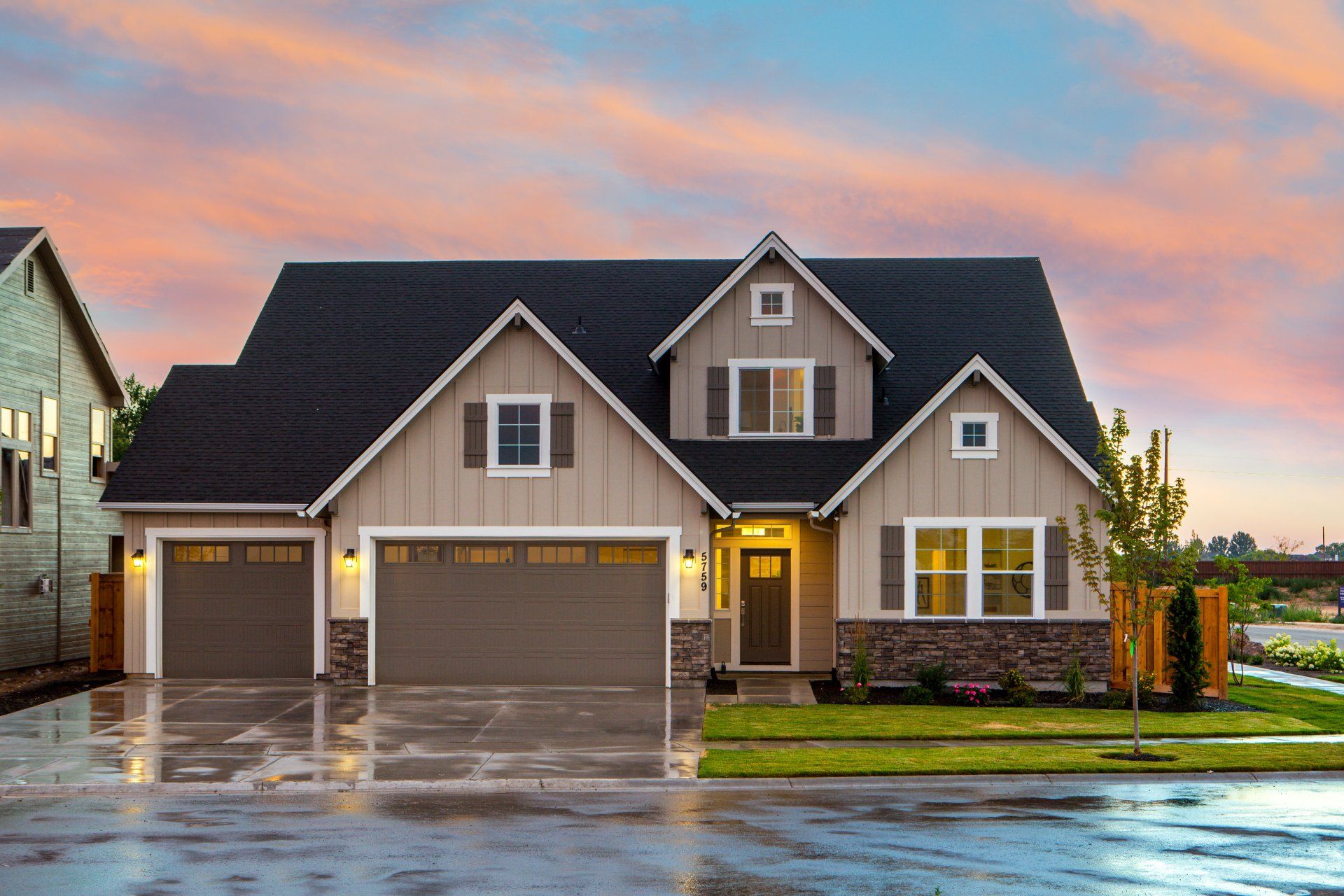Six Ways to Hurricane Proof Your House
Hurricane Proof Your House
Hurricane season is here… is your home ready? With powerful wind gusts and what feels like never-ending rain, storms in Florida can get tough. Luckily, you can make sure your loved ones stay safe. Today is all about our best ideas to fortify your home for hurricanes.
With tropical storms and hurricanes just around the corner, floods and wind gusts are a real danger. For us living in coastal areas, this is a yearly event. In fact, among all of the United States, Florida is among the top 5 hurricane-prone areas [1] and we have by far the highest hurricane occurrence, more than double compared to the second runner-up (Texas).
According to the National Hurricane Center, a good hurricane plan needs three elements:
- Proper home insurance.
- Adequate fortification of your home.
- A good evacuation plan.
When it comes to home insurance, we recommend hiring a company with good reviews. It’s a good idea to ask your neighbors, especially if they’ve been in the area for a few years. On the other hand, your evacuation plan will depend on your specific area, and whether or not you are at risk of flooding.
As for fortifying your home, this is one of the easiest ways of reducing the possible damage to your property, even if you have to leave under short notice.
Top ways to fortify your home for hurricanes
Here are our top six recommendations to secure your home:
1. Secure Your Roof
Hurricanes bring winds of up to more than 160mph! In buildings built with old code, that’s enough to make the roof collapse in no time. Fortunately, the new Florida code has strict regulations that keep houses safer than ever, so a newly installed roof is one of the best options to ensure it stays put in a natural event.
Broadly speaking, an expert team should follow these safety standards:
- A plywood bottom layer held by nails and/or hurricane clips
- A sealing membrane covering the bottom layer
- Storm-resistant shingles or metal panels
On top of these essentials, securing your roof from inside using metal connectors, retrofit clips and roof straps can help it stay put.
Make sure you have a professional doing your roof installation, particularly if hurricanes are a concern. A high-quality roof won’t cut it if the installation isn’t done right.
As for the best roof materials to resist hurricanes, we know properly installed metal roofs are the best wind-resistant roofing option in the market [2]. In fact, the homes left standing after Hurricane Michael in Mexico beach [3] had mostly metal roofs. If you’re in a hurricane-prone area, a metal roof with mechanically seamed panels will have the best uplift performance in high winds.
2. Avoid internal pressure
High winds during a hurricane can get inside your home through any crack and create pressure from within. This powerful force makes a “blow up” effect that tries to push out the walls. If the internal wind pressure in your home keeps increasing, it will exponentially increase the risk of roof collapse.
To lower your chances, it’s important to prevent pressurization by installing the right windows and doors. Choosing the right Design Pressure Rating (also known as DP rating) on doors and windows ensures those entry points are able to resist debris and wind pressure. It is best to do this when building out your new residential construction. However, windows can be replaced at any point in the lifetime of a home.
To protect your windows, using storm shutters or, even wood panels, is a great idea. These work with or without impact-resistant windows.
Finally, on top of securing doors and windows, keep in mind other places where the wind could get in. If you know a hurricane is coming your way, seal outside wall openings, vents, electrical outlets, or pipes. Try to use waterproof material to keep the rain out. Never let a window open to “stabilize pressure”, it will only get more wind inside your home and create pressure on your roof.

3. Wind-proof your garage door
PRO TIP: Remember to wind-proof your garage door! If at all possible, get a wind-rated and impact-tested garage door. If that’s not possible, you can install a kit to brace it and make it hold up better.
4. Lower your outside risk
While it’s impossible to completely avoid flying debris, keeping your surroundings free of possible debris is the next best thing. Here are some of the most common issues:
- Survey your trees for any branches hanging too close to your home. Check your neighbors’ as well, in case their trees are too close. Cut back any branches near power lines and your home and remove dead trees if any.
- Store or secure your outdoor furniture. A flying lounge chair can break a window.
- Use sandbags to secure entry points and block off the water. Experts recommend piling up at least 2 feet of sandbags to prevent flood water from getting in.
- Clean out your gutters and downspouts.
- Park your vehicle on higher ground.
5. Hurricane proof your air conditioner
It’s very common for utilities to suffer during hurricane season. On top of the usual power outages, flying debris might destroy your HVAC, rip out any solar panels on the roof or damage a split AC unit.
To start, it’s important to turn off your AC system and, if possible, your power. This lowers your chances of the equipment being damaged by power surges in case of a power outage. If you have an AC system, you have two options: either removing it altogether or covering it to prevent damage from flying debris. Make sure your HVAC is properly secured so it doesn’t fly off. Split systems and window ac units fare better if you power them off and take them off the window to prevent damage.
6. Have backups and essentials ready
If you live in Florida, it’s very likely you have a backup generator and a few batteries ready for hurricane season. We recommend checking everything BEFORE the first alert! Nothing is worse than thinking you’ll have backup power to realize your old generator is out in the middle of a storm.
Do an annual checkup on all your generators, making sure they are powerful enough for your needs and double-checking for any adaptors needed. A solar-power generator can be a great idea to protect yourself from power outages. Unlike traditional ones that tend to be noisy and use fuel, solar-powered generators can be a great eco-friendly backup.
Other must-haves during storm season are charged power banks, surge protectors, flashlights (with fresh batteries), and/or portable power stations.
Following these six steps is a good start to getting your home protected and ready for this hurricane season.
References
1. National Hurricane Center. National storm surge hazard maps.
2. Scientific American. The Buildings That Survived Michael Hold the Key to Adaptation.
3. The Washington Post.
Houses intact after Hurricane Michael were often saved by low-cost reinforcements.

